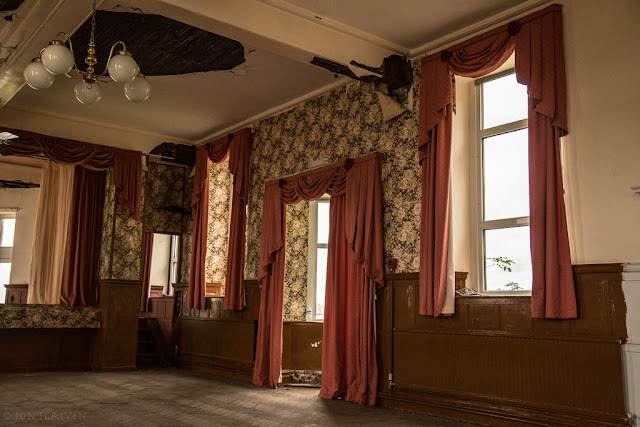The Warner & Swasey Observatory was built in the early 20th century on Taylor Road in East Cleveland, Ohio. It was named after Worcester R. Warner and Ambrose Swasey owners of Warner & Swasey Company, which made precision instruments and telescopes in the late 19th and early 20th centuries. In 1919, the owners donated the observatory to the Case School of Applied Science of Case Western Reserve University that has been operating it ever since.
The building was designed by the firm Walker and Weeks and originally housed a 9.5-inch refractor. In the following years, the observatory grew to house several more telescopes and instruments, such as the 24-inch Burrell Schmidt telescope, as well as an astronomical library and a public lecture hall.
In the 1950's it became apparent that Cleveland's light pollution was beginning to make cutting-edge research impossible. A new site, today known as the Nassau Station, was constructed 30 miles away in Geauga County. Although the large Burrell Schmidt telescope was moved there, a smaller, 36-inch telescope was soon installed at the Taylor Road facility.
In 1978 the university built yet another observatory in Arizona (at the Kitt Peak National Observatory site) where its main telescope was moved. Nassau Station became the secondary observatory and the old observatory on Taylor Road was abandoned in 1983. The facility was neglected until 2005 when it was sold to a couple who planned to convert it into a residence. The plans however stalled when its new owner was convicted of mortgage fraud and sent to prison in 2007.
SEE ALSO: More abandoned space exploration facilities // More abandoned places in Ohio // More abandoned places in the United States // LIST OF ALL DESERTED PLACES
For more deserted places, LIKE US on Facebook and FOLLOW US on twitter
(Click here for the full post)





























